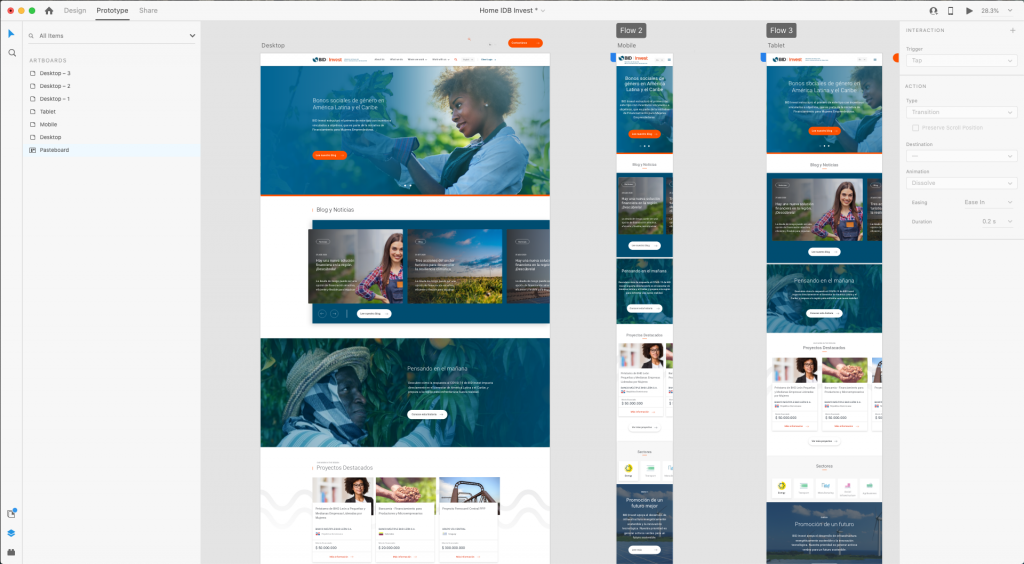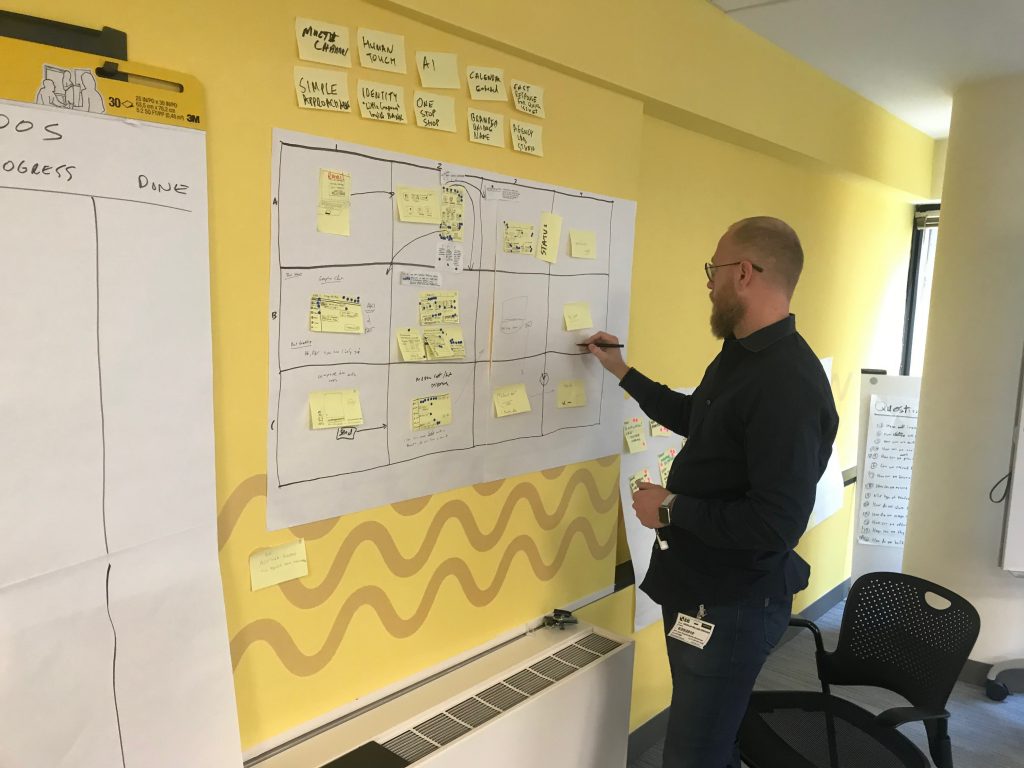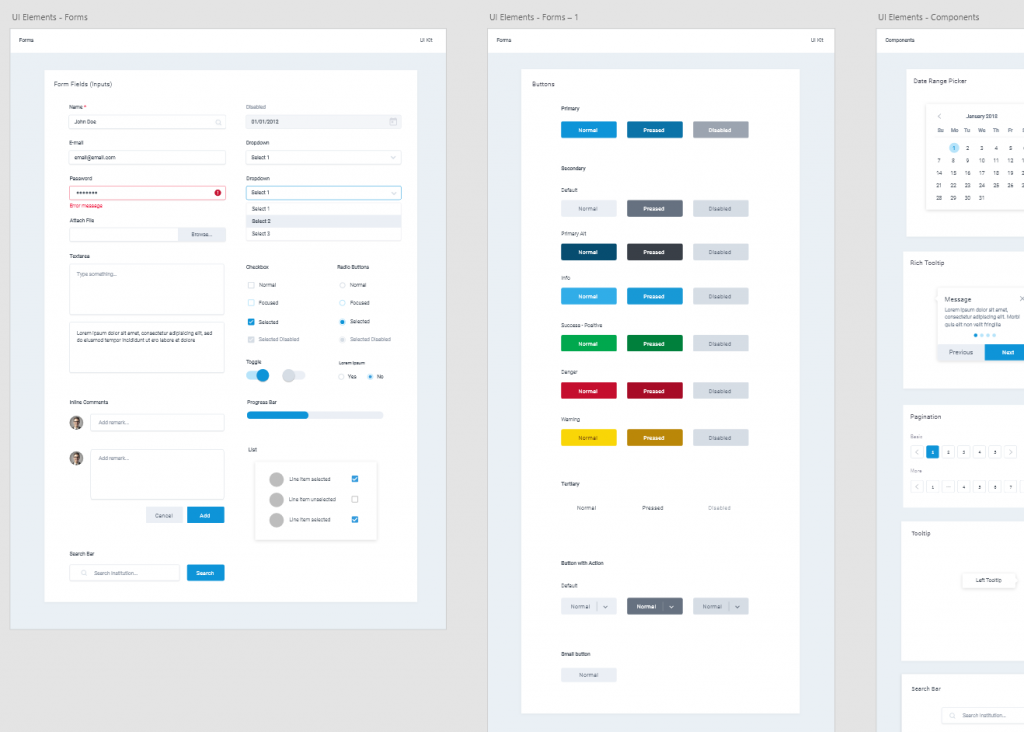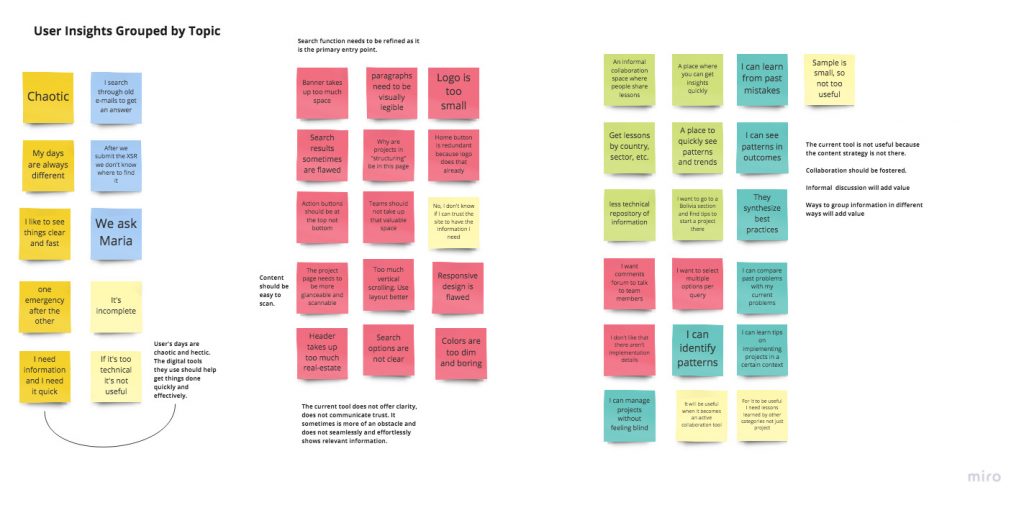Work highlights

IDB Invest Website Case Studies
- Home page redesign
- Web performance optimization strategy
- UX Content strategy (coming soon)
- Information Architecture redesign (coming soon)

A human-centered approach to defining a communications strategy

Forma: A Design System for IDB Invest
